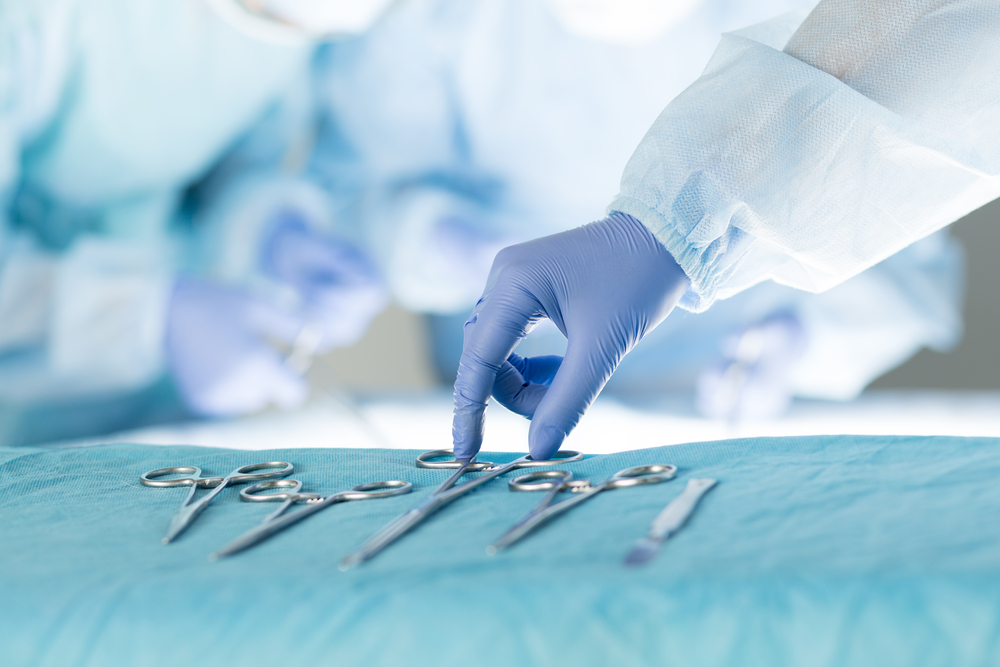DIAGNOSIS
Hysterectomy may have no serious problems or complications from the surgery, but it is still considered major surgery. Therefore, having one does not mean that there are no risks that one should be wary of or side effects that may occur after the surgery. These include:
- Urinary incontinence
- Vaginal prolapse (parts or areas of the vagina may emerge out of the body)
- Vaginal fistula formation (an uncommon connection that forms between the vagina and bladder or rectum)
- Chronic pain
Other risks from having hysterectomy also include wound infections, blood clots, bleeding, and injury to surrounding organs, although these rarely happen to patients who had a successful surgery.
After having the surgery, women may/will enter their phase of menopause and may have to abstain from having sex and avoid lifting heavy objects for six weeks.
Most of the women who participated in a survey about their experience after having their hysterectomy say that the operation was able to help alleviate and remove the complaints they had, such as pain or heavy periods.
TREATMENT
There are different types of approaches in proceeding with surgery, and it is based on the surgeon’s experience and a woman’s overall health to determine the healing time and the kind of scar, if any, that remains after surgery.
- Open Surgery Hysterectomy. Performing a surgery on the abdomen is the most taken approach, accounting for about 54% for all benign disease. The surgeon would then make a 5- to 7-inch incision, either up-and-down or side-to-side, across the belly. That is when the surgeon would remove the uterus through the incision. Lastly, it would take up to 2-3 days of stay in the hospital, and there will be a visible scar as to where the incision was performed after healing.
- MIP Hysterectomy. Four different approaches can be used for MIP hysterectomy, such as:
Vaginal Hysterectomy. The surgeon removes the uterus through the vagina by cutting it, and then the incision will be closed, leaving no visible scar.
Laparoscopic Hysterectomy. This surgery is done from outside of the body by viewing the operation on a video screen shown by the laparoscope that has a lighted camera. The surgical tools are inserted through several small cuts made in the belly.
Laparoscopic-Assisted Vaginal Hysterectomy. The surgeon cuts a small opening in the belly to insert the laparoscopic tools to efficiently assist the removal of the uterus through an incision in the vagina.
Robot-Assisted Laparoscopic Hysterectomy. This procedure is done similarly to a Laparoscopic Hysterectomy. However, the only difference would be that the maneuver of the surgery is done with the control of a robotic system of surgical tools from outside the body. With the help of advanced technology, this allows the surgeon to move naturally and view the hysterectomy on a three-dimensional screen.


